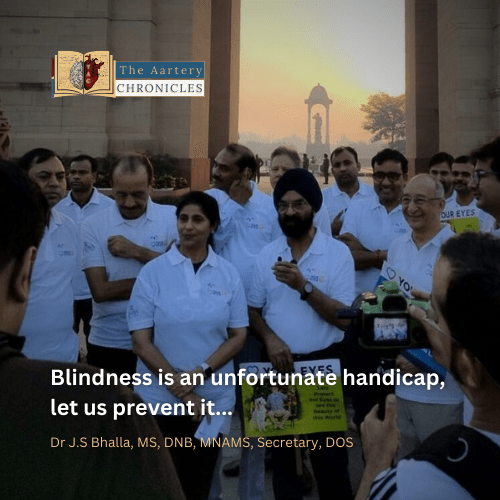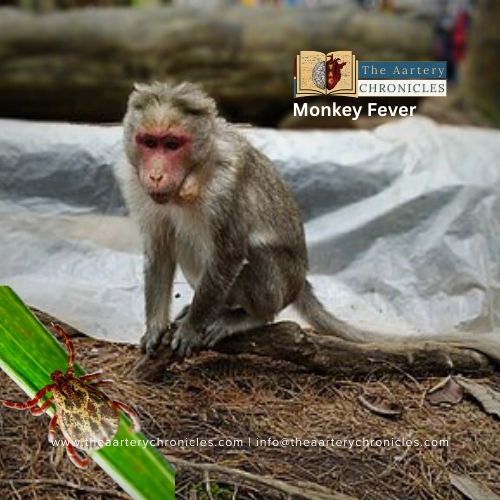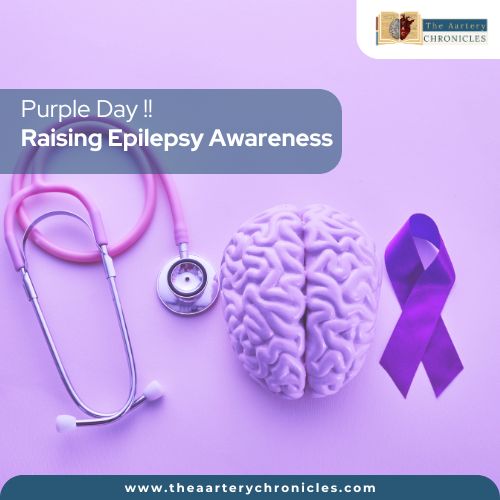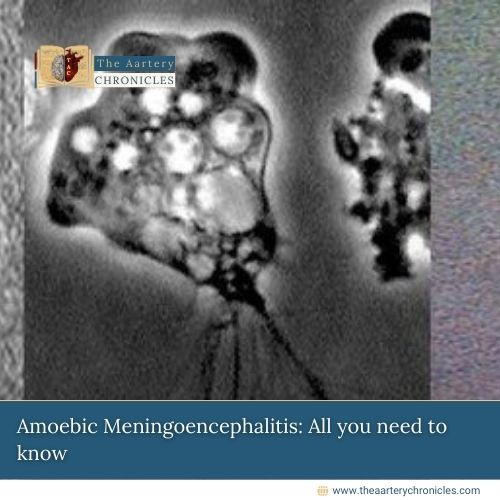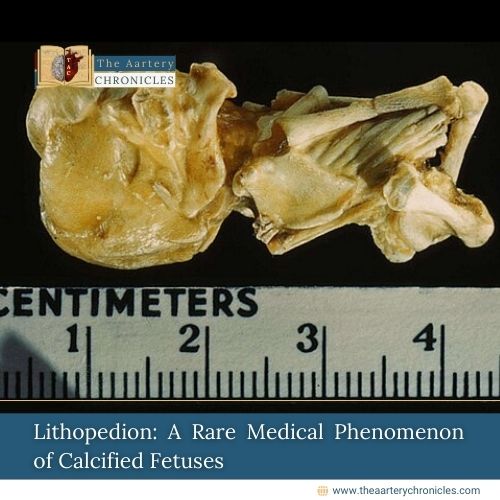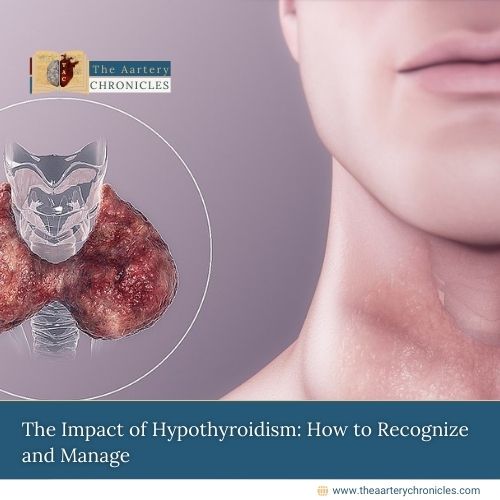

Strange Vibrations? It Could Be a Vitamin Deficiency
A 58-year-old woman died from a rare, incurable brain disease that had remained dormant in her body for more than 50 years. The illness, a form of Creutzfeldt-Jakob Disease (CJD), was most likely caused by a medical treatment she received as a child in the 1970s.
Here’s what you need to know about this disease, how it spreads, and why this case matters.
What is Creutzfeldt-Jakob Disease (CJD)?
CJD is a rare and fatal brain disorder that leads to rapid mental decline and movement problems. It is caused by prions, which are misfolded proteins that damage brain cells.
Unlike bacteria or viruses, prions don’t trigger the immune system. Instead, they slowly and silently destroy brain tissue, often leading to death within months after symptoms appear.
How Did the Woman Get Infected?
The woman received human growth hormone (HGH) treatments as a child, which were commonly used in the 1960s and early 1970s to treat children with growth issues.
At that time, HGH was made using pituitary glands from human cadavers, some of which were unknowingly infected with prions. In this case, doctors believe the woman was infected through such contaminated hormone treatments.
Her illness remained hidden for over five decades, marking the longest known incubation period for CJD.
Symptoms and Progression
Once the disease became active, the woman experienced:
- Tremors and balance issues
- Rapid cognitive decline
- Loss of coordination
- Coma and death
Doctors were only able to confirm the diagnosis after an autopsy. Genetic testing ruled out inherited forms of the disease, confirming it was likely acquired.
How Is CJD Diagnosed?
CJD can be difficult to detect early, but it is diagnosed using:
- Neurological exams
- MRI scans
- EEG (brain wave testing)
- Spinal fluid tests (CSF analysis)
Unfortunately, there is no known cure. Treatment focuses on relieving symptoms and providing supportive care.
Why This Case Matters
This woman’s case is a rare but powerful reminder of how long prion diseases can remain hidden in the body. Experts warn that others who received HGH treatments before 1977 may still be at risk, even decades later.
Since 1977, the U.S. has switched to synthetic HGH, which is not made from human tissue and does not carry this risk.
The study’s authors caution:
“Although the U.S. CJD outbreak has slowed substantially, the potential for new cases remains.”
Who Should Be Concerned?
People who received HGH treatment before 1977, especially during childhood, should be aware of the risks and inform their doctors of their treatment history.
This case also highlights the importance of monitoring long-term outcomes of past medical procedures, even when the immediate benefits once seemed clear.
Source: Inputs from various media Sources

Priya Bairagi
Reviewed by Dr Aarti Nehra (MBBS, MMST)
I’m a pharmacist with a strong background in health sciences. I hold a BSc from Delhi University and a pharmacy degree from PDM University. I write articles and daily health news while interviewing doctors to bring you the latest insights. In my free time, you’ll find me at the gym or lost in a sci-fi novel.

